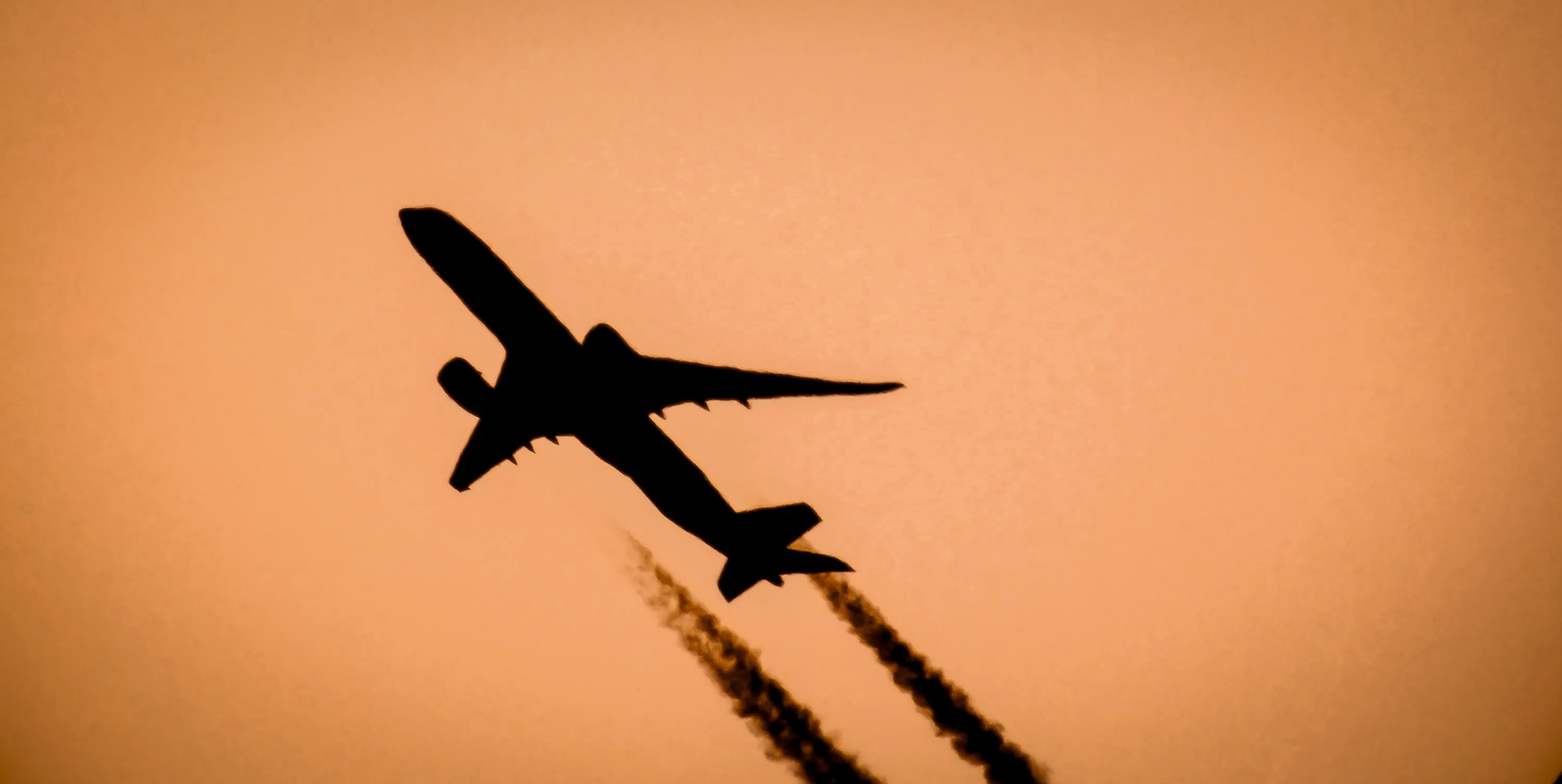South Africa's massive asylum problem might have lessened in recent years, but more of our own are claiming asylum abroad than before. While the number of people seeking protection outside South Africa pales in comparison to those applying in this country, the increase is marked, shows Stats SA’s Migration Profile Report for South Africa: A Country Profile 2023,
Their motivations are certainly varied — largely driven by political, economic, social and environmental reasons — although South Africa’s international image has been tarnished as asylum seekers have claimed political persecution.
Not a good look
In March 2018, The Guardian reported that South Africa demanded that Australian home affairs minister Peter Dutton retract his comments suggesting white farmers were being persecuted and should receive fast-tracked humanitarian visas from a “civilised country”.
Commenting on a documentary about violent rural crime, Dutton said farmers in SA deserved “special attention”.
In 2010, Charl and Naira Nel told Canada’s Immigration and Refugee Board that they feared being victims of crime and violence — the women feared rape, which is prevalent in South Africa, and all feared violence targeting whites.
In 2014, the Nel family were finally granted asylum.
One of SA’s most prominent — or infamous — asylum seekers, Brandon Huntley, who entered Canada on a temporary work visa in 2004, alleged that he was being targeted in South Africa because of his skin colour. Huntley claimed he had been assaulted and stabbed seven times by black people because of his race, while being called a “white dog” and “a settler”, but never reported his alleged attackers or incidents of racism to the police.
In 2014, a Canadian court turned down his application, saying Huntley did not meet the criteria for refugee status.
Facts matter
The Stats SA migration report was released last week as part of a commitment to the UN’s International Organisation for Migration’s Global Compact for Safe, Orderly and Regular Migration.
South Africa’s first migration report is a quantitative assessment of migration data sourced from the latest census data, as well as data from household surveys, academic research, the World Bank, the United Nations High Commissioner for Refugees, Unesco, the SA Police Service and the departments of Home Affairs and Basic Education.
The research was funded through the European Union’s Southern African Migration Management Project.
The report shows the brain drain has been significant, with fewer numbers of South Africans returning to our shores in the past decade, despite anecdotal reports to the contrary.
In 20 years, the number of South Africans residing abroad swelled from 501,600 to 914,901 — and that’s only until 2020, as the data is based on the latest available information from the United Nations Department of Economic and Social Affairs.
In 2011, 45,866 citizens returned to SA, but by 2022, that number had plummeted to 27,983.
Refugee patterns to South Africa show another interesting trend: the country’s refugee applications have shrunk since 2015, when around 1,096,021 foreign nationals sought protection under the mandate of the UN High Commissioner for Refugees.
By 2022, 84,316 refugees from mostly Ethiopia, the DRC and Bangladesh applied for asylum — in a management system reportedly designed for 50,000 applications a year.
Rejections, according to Amnesty International, have been as high as 96%, largely due to bureaucratic inefficiency and illegitimate asylum claims by mostly economic immigrants.
This, the Amnesty International report says, is causing a massive backlog of appeals and reviews, keeping some asylum seekers in the system without a final decision on their case for as long as 19 years.
The International Organisation for Migration (IOM) estimates there were around 281 million international migrants in 2020 (latest current figures), which equates to 3.6% of the global population.
Europe and Asia each hosted about 87 and 86 million international migrants, respectively, which is 61% of the global international migrant stock.
Since data on involuntary emigration are scarce, Stats SA sourced its indicators from the UNHCR Statistical Online Population Database. Its migration report shows that in 2000, there were 266 South African refugees living abroad.
That number started climbing over the next few years, reaching 803 in 2004. In 2009, the refugee population decreased to 542, but from 2010, it rose once more.

By 2022, 4,258 South African refugees were living abroad.
Stats SA says the decision to seek asylum outside South Africa is often driven by a complex interplay of political, economic, social and environmental factors, as well as individual circumstances and vulnerabilities.
“It underscores the importance of addressing root causes of migration, promoting human rights and social justice, and ensuring access to protection for those in need.”

In 2021, the US was the primary destination for South African asylum seekers, with 1,370 individuals seeking refuge.
That year, Ireland was another prominent destination, with 638 South African asylum seekers, while Australia received 495.
Canada received 187 and Israel 391 that year. Smaller numbers turned to the UK, Brazil, France, the Republic of Korea and Germany.
In 2022, the US remained the leading destination, attracting 1,351 people.
Ireland saw an increase to 726, while Australia also saw a rise to 525.
Canada saw a significant increase, with 321 people seeking refuge. DM





